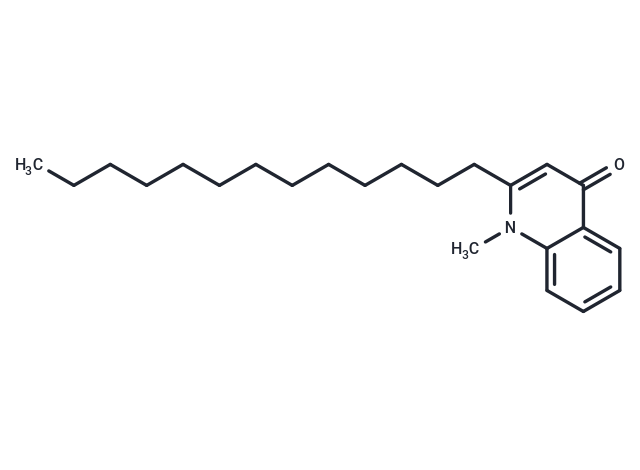Shopping Cart
- Remove All
 Your shopping cart is currently empty
Your shopping cart is currently empty

Dihydroevocarpine shows potent anti-Helicobacter pylori activity with the minimum inhibitory concentration (MIC) value of 10-20 microg/ml. Dihydroevocarpine is a moderate modulator of p-glycoprotein (p-gp) activity; it shows more potent inhibitory effects against MAO-B compared to MAO-A.


| Description | Dihydroevocarpine shows potent anti-Helicobacter pylori activity with the minimum inhibitory concentration (MIC) value of 10-20 microg/ml. Dihydroevocarpine is a moderate modulator of p-glycoprotein (p-gp) activity; it shows more potent inhibitory effects against MAO-B compared to MAO-A. |
| Molecular Weight | 341.53 |
| Formula | C23H35NO |
| Cas No. | 15266-35-0 |
| Relative Density. | 0.964 g/cm3 (Predicted) |
| Storage | keep away from moisture,keep away from direct sunlight | Powder: -20°C for 3 years | In solvent: -80°C for 1 year | Shipping with blue ice. |

Copyright © 2015-2025 TargetMol Chemicals Inc. All Rights Reserved.